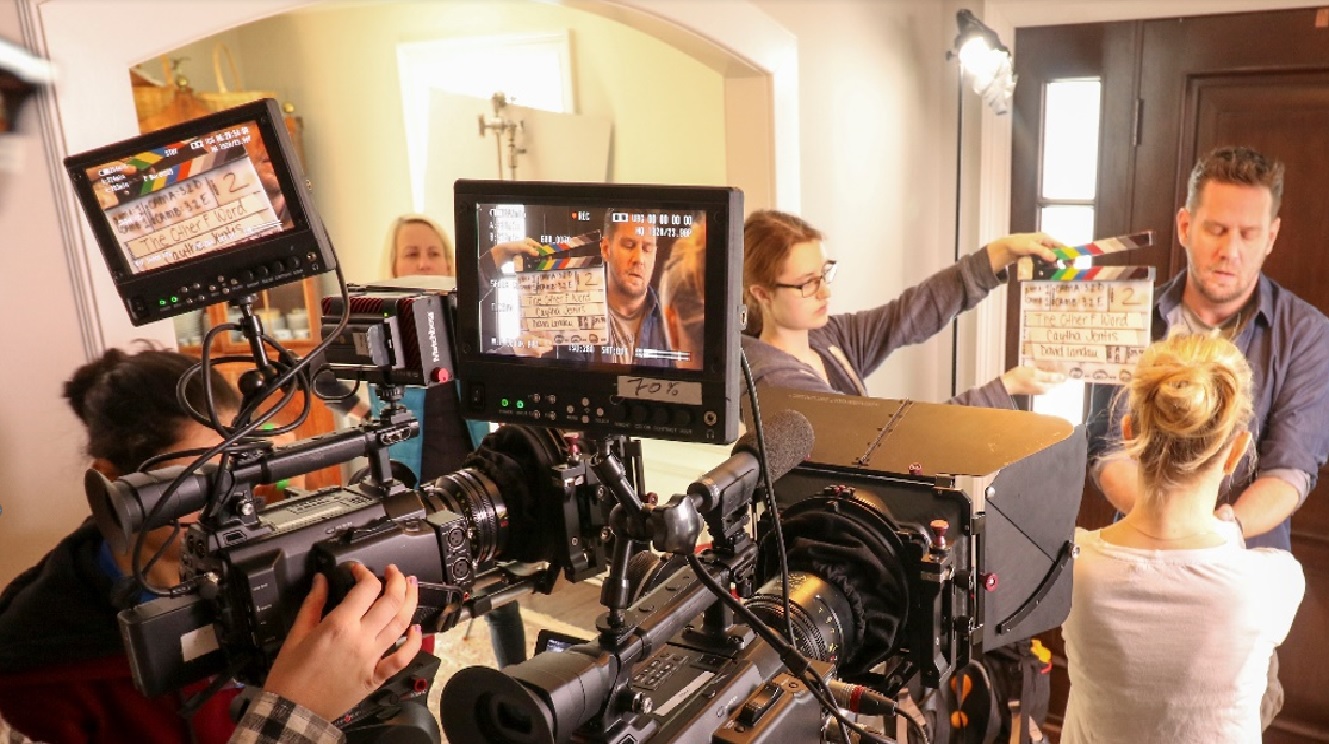Cinematic picture profiles have become a popular trend in modern filmmaking, as they give footage a more polished and professional look. Achieving a cinematic picture profile can be a challenge, but with the right approach, it can be achieved on any camera. In this article, we will discuss the steps you can take to achieve a cinematic picture profile for any camera, with examples, quotes, and anecdotes to illustrate each step.
Step 1: Shoot in a Flat Picture Profile
The first step to achieving a cinematic picture profile is to shoot in a flat picture profile. A flat picture profile reduces contrast and saturation in your footage, allowing for more flexibility in post-production. Most cameras come with a flat picture profile built-in, such as "CineStyle" on Canon cameras or "S-Log" on Sony cameras.
According to filmmaker and YouTuber Matt Johnson, "shooting in a flat picture profile allows you to capture more information in the footage, which gives you more control in post-production." In his video on achieving a cinematic look on a budget, he demonstrates the difference between shooting in a flat picture profile and shooting in a standard picture profile, showing how the flat profile gives him more room to adjust the colors and contrast in post-production.
Step 2: Use Manual Settings
To achieve a cinematic look, you need to have full control over your camera's settings. This means shooting in manual mode and adjusting your settings to match your shooting conditions. This includes aperture, shutter speed, and ISO.
Filmmaker and director Ryan Connolly emphasizes the importance of shooting in manual mode, saying, "when shooting in manual mode, you have complete control over your image, which is essential for achieving a cinematic look." In his video on achieving a cinematic look with a DSLR, he demonstrates how to adjust the aperture, shutter speed, and ISO to create a shallow depth of field and a more cinematic look.
Step 3: Use a Neutral Density Filter
Neutral density (ND) filters are an essential tool in achieving a cinematic look. ND filters reduce the amount of light that enters your camera, allowing you to shoot with a wider aperture and slower shutter speed. This creates a shallow depth of field and a more cinematic look.
Filmmaker and YouTuber Peter McKinnon recommends using ND filters, saying, "ND filters are a game-changer when it comes to achieving a cinematic look. They allow you to shoot with a wider aperture, which creates a shallow depth of field and a more cinematic look." In his video on achieving a cinematic look with a drone, he demonstrates how using an ND filter can create a more cinematic look by reducing the amount of light that enters the camera.
Step 4: Color Grading in Post-Production
The final step in achieving a cinematic picture profile is color grading in post-production. Color grading is the process of adjusting the colors and contrast in your footage to achieve the desired look.
Filmmaker and colorist Alex Jordan emphasizes the importance of color grading, saying, "color grading is what sets a cinematic look apart from a standard look. It allows you to create a mood and atmosphere that draws the viewer in." In his video on color grading cinematic footage, he demonstrates how to use color grading tools to create a cinematic look, with examples of before-and-after footage.
Conclusion
Achieving a cinematic picture profile requires a combination of shooting techniques and post-production skills. By shooting in a flat picture profile, using manual settings using ND filters, and color grading in post-production, you can achieve a cinematic look on any camera. With practice and experimentation, you can develop your own unique cinematic style that sets your footage apart from the rest.
As filmmaker and YouTuber Matti Haapoja puts it, "achieving a cinematic look is not about following a formula, but about experimenting and finding what works for you." In his video on achieving a cinematic look with a smartphone, he demonstrates how to use different shooting techniques and post-production tools to create a cinematic look, while encouraging viewers to experiment and find their own unique style.
Ultimately, achieving a cinematic picture profile is about taking control of your camera and your footage, and using your creativity and skills to create a look that tells a story and captures the viewer's attention. With the right approach and a willingness to learn and experiment, anyone can achieve a cinematic look on any camera.

Comments